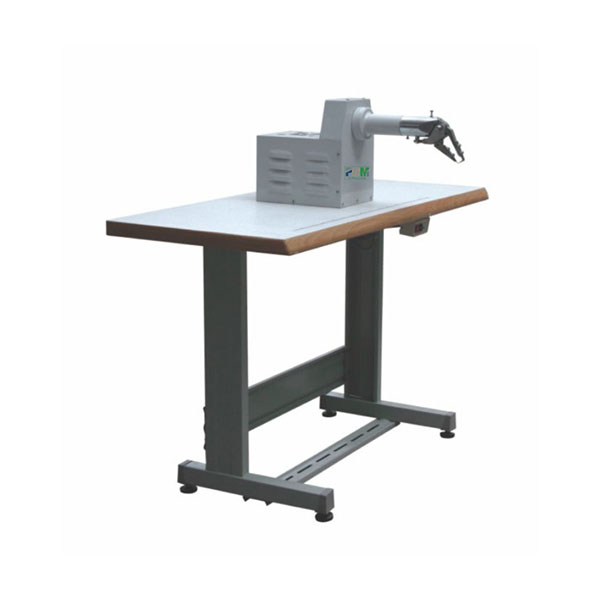Dec . 10, 2024 05:04 Back to list
Fiberglass Filter Paper Solutions for Industrial Applications and Enhanced Performance
Industrial Filter Paper and Fiberglass Essential Components in Filtration Services
In our increasingly industrialized world, the need for effective filtration systems has never been more critical. One of the key players in this sector is the combination of industrial filter paper and fiberglass. Together, these materials enhance the efficiency of filtration processes across various applications, from air and water purification to industrial manufacturing.
Understanding Filter Paper
Industrial filter paper is a versatile material used for separating solids from liquids or gases. Made from a variety of fibers, filter paper can be tailored for specific filtration tasks. Its porosity and thickness can be adjusted to achieve optimal filtering performance. Commonly, filter paper is utilized in laboratory settings for qualitative analysis as well as in industrial applications for bulk processing.
The production of filter paper involves the pressing of wood pulp or cellulose-based fibers, resulting in a medium that can trap particulates effectively. The efficiency of filter paper is determined by factors such as flow rate, retention capacity, and particle size distribution. In many cases, this paper acts as a primary filtration medium, catching larger particles before they reach more sensitive filtration systems.
The Role of Fiberglass
Fiberglass is another crucial component employed in filtration systems. Comprising fine glass fibers, it provides a lightweight yet strong medium for capturing small particles. The open structure of fiberglass allows it to have a high surface area, which enhances its filtration efficiency. As a result, fiberglass filters are particularly effective in applications where fine particulate matter needs to be captured, such as in industrial exhaust systems or high-efficiency particulate air (HEPA) filters.
Fiberglass filters can withstand higher temperatures and humidity levels than traditional filter media, making them ideal for challenging environments. Moreover, they are resistant to chemical degradation, which extends their operational life. This durability contributes to reduced maintenance costs and less frequent need for replacement, a significant advantage for industrial operations.
industrial filter paper fiberglass service

Combining Filter Paper and Fiberglass
The combination of filter paper and fiberglass creates a robust filtration solution that offers the best of both worlds. By layering these materials, manufacturers can develop composite filters that optimize particle capture and flow rates. The filter paper provides a coarse filtration layer, while the fiberglass efficiently captures finer particles, resulting in a two-stage filtration process.
This synergy between filter paper and fiberglass also enhances the overall filtration capacity. Industrial operators can benefit from longer service intervals and reduced downtime, as the composite filters can handle heavier loads without significant clogging. Additionally, these materials can be designed to be disposable or cleanable, depending on the application and cost considerations.
Applications in Various Industries
The versatility of industrial filter paper and fiberglass makes them suitable for use in a wide range of industries. In the automotive sector, for example, they are employed in clean rooms and paint spray booths to maintain air quality and prevent contamination. In the food and beverage industry, these filters are essential in ensuring product purity and safety.
Moreover, in HVAC systems, filter paper and fiberglass are critical in maintaining clean air standards while enhancing energy efficiency. They can also be found in water treatment facilities, oil and gas operations, and chemical processing units, showcasing their indispensable role across sectors.
Conclusion
As industries continue to face the challenge of managing air and liquid pollutants, the collaboration between filter paper and fiberglass becomes ever more vital. These materials provide reliable, efficient, and cost-effective solutions for filtration services. By leveraging their unique properties, businesses can achieve superior filtration outcomes, ensuring compliance with regulatory standards and enhancing operational efficiency. The future of industrial filtration looks promising with the continuous innovation and application of these essential materials.
-
Durable Sintered Porous Metal Filter Tube Cup & Machines
NewsJul.22,2025
-
Effective Active Carbon Air Filter for Purifiers | Eliminate Odors
NewsJul.21,2025
-
PLJT-250-25 Full-auto Turntable Clipping Machine | Efficient Automation
NewsJul.20,2025
-
Cheap PLJY109-500 Full-Auto HDAF Expanded Mesh Spiral Coiling Machine - High Efficiency & Quality Manufacturer
NewsJul.08,2025
-
Best PLHJ-6 Full-Auto Eco Filter Rotary Heat Plating Machine - High Efficiency & Eco-Friendly Solution
NewsJul.08,2025
-
High-Efficiency Paper Pleating Machine for Filters Trusted Filter Paper Pleating Machine Company
NewsJul.07,2025
